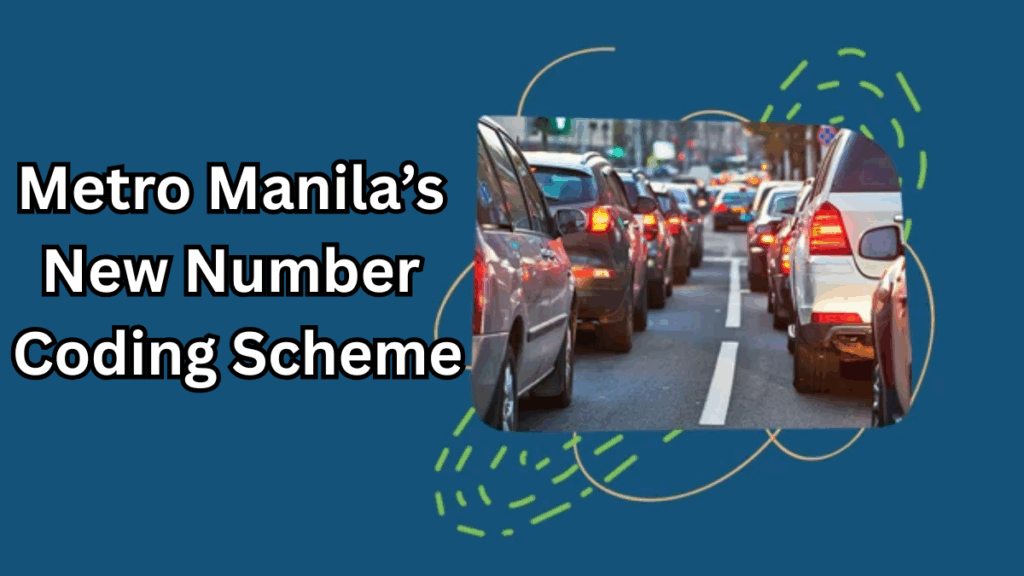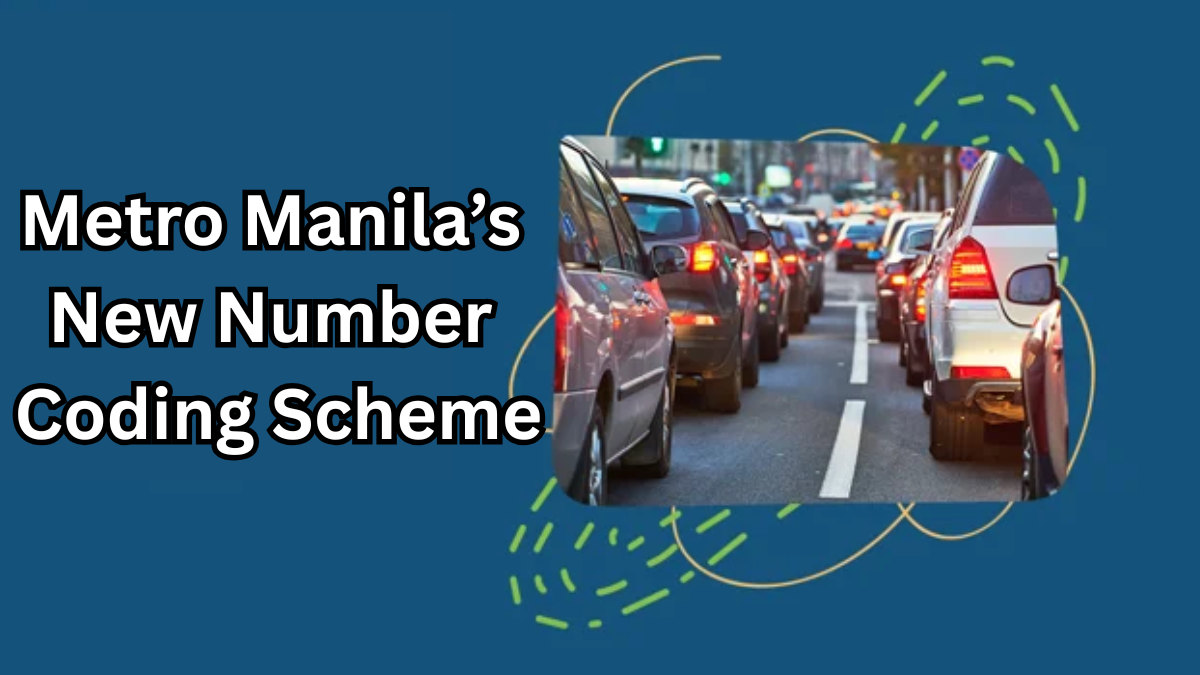If you’re a driver in Metro Manila, you’ve probably heard about the latest changes in the number coding scheme set to roll out in 2025. This update is part of the Philippines Number Coding Expansion aimed at easing traffic congestion in the metro while promoting smoother, safer commutes.
Understanding these new rules is crucial—not only to avoid fines but to plan your daily travels better. Here’s everything you need to know about the Metro Manila car restrictions update and how it will affect you.

What Is the Number Coding Scheme?
The number coding scheme is a traffic management policy that restricts vehicles from being on certain roads during specific hours based on the last digit of their license plate numbers. It’s designed to reduce the number of cars on the road during peak hours, helping alleviate the infamous Metro Manila traffic jams.
Why the Change in 2025?
-
Growing traffic concerns: Metro Manila’s population and vehicle volume have steadily increased, making previous coding schemes less effective.
-
Philippines Number Coding Expansion: The new scheme broadens the scope of restrictions, covering more vehicles and hours to better address traffic flow.
-
Environmental goals: Fewer vehicles on the road reduce air pollution, contributing to a greener city.
Key Highlights of the 2025 Number Coding Scheme
Here’s a simple breakdown of what car owners can expect with the updated coding system:
| Feature | Details |
|---|---|
| Days of Implementation | Monday to Friday |
| Restricted Hours | 7 AM to 10 AM and 5 PM to 8 PM |
| Covered Areas | Expanded coverage beyond Metro Manila’s main roads |
| Coding Based on Plate Numbers | Last digit dictates the restricted day |
| Special Vehicle Exemptions | Emergency vehicles, public utility vehicles, and more |
How Does the Coding Schedule Work?
The last digit of your vehicle’s plate number determines which day you cannot drive within the coding zones:
-
Monday: Plates ending in 1 and 2
-
Tuesday: Plates ending in 3 and 4
-
Wednesday: Plates ending in 5 and 6
-
Thursday: Plates ending in 7 and 8
-
Friday: Plates ending in 9 and 0
Note: The Philippines Number Coding Expansion means these restrictions now cover wider geographic areas in Metro Manila, including new roads and key highways.
Important Things for Car Owners to Keep in Mind
-
Plan your trips ahead: Adjust your schedule or route to avoid restricted hours and areas.
-
Stay updated: Check for announcements on temporary suspensions or changes during holidays or emergencies.
-
Use alternative transport: Public transportation or carpooling can be good options during coding hours.
-
Observe exemptions: Be aware if your vehicle qualifies for an exemption to avoid unnecessary penalties.
Impact on Daily Commuters and Businesses
The Metro Manila car restrictions update might feel inconvenient at first, but it aims to improve overall traffic conditions in the long run. Businesses relying on deliveries and logistics will need to adjust schedules, while commuters might find travel times shorter as roads become less congested.
FAQs
Q1: Are weekends included in the new number coding scheme?
No, the scheme applies only from Monday to Friday, giving drivers free access on weekends.
Q2: What happens if I violate the number coding rules?
Violators are subject to fines, which may vary by local government units. Repeated offenses might lead to more severe penalties.
Q3: Can I apply for a coding exemption?
Yes, certain vehicle types like emergency vehicles, public utility vehicles, and those used by persons with disabilities are exempt. Applications for exemptions can be submitted to the Land Transportation Office (LTO).
Q4: Will the number coding scheme expand to other parts of the Philippines?
There are discussions about implementing similar schemes in other congested cities, but currently, the 2025 update focuses on Metro Manila as part of the broader Philippines Number Coding Expansion initiative.
If you drive regularly in Metro Manila, staying informed about this Metro Manila car restrictions update will help you avoid headaches and penalties in 2025. Remember, these changes aim to create a more efficient and livable city for everyone on the road.
Click here to learn more
